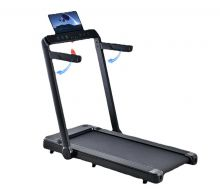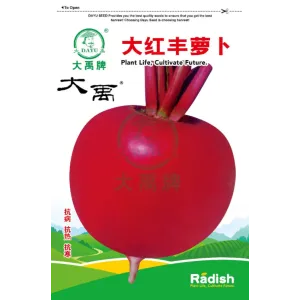Understanding the Different Types of Weight Plates: A Comprehensive Overview
Weight plates are an essential component of strength training and weightlifting exercises. They come in various types, each designed with specific features to cater to different fitness goals and training preferences. In this article, we will provide a comprehensive overview of the different types of weight plates, helping you understand their characteristics and choose the right ones for your workout routine.

Standard Weight Plates:
Standard weight plates are the most common type found in fitness facilities and home gyms. These plates have a center hole with a diameter of 1 inch (25.4 mm). They are typically made of cast iron and are available in a range of weights, such as 2.5 lbs (1.1 kg), 5 lbs (2.3 kg), 10 lbs (4.5 kg), and so on. Standard weight plates are compatible with standard barbells and dumbbell handles.
Olympic Weight Plates:
Olympic weight plates are designed for Olympic-sized bars, which have a larger diameter of 2 inches (50.8 mm). These plates are made of cast iron or rubber-coated materials and are more durable than standard plates. Olympic weight plates come in various weights, including 2.5 kg (5.5 lbs), 5 kg (11 lbs), 10 kg (22 lbs), and beyond. They are commonly used in weightlifting competitions and serious strength training.
Bumper Plates:
Bumper plates are a type of Olympic weight plate specifically designed for Olympic weightlifting and CrossFit training. These plates are made of dense rubber, which allows them to be dropped safely from overhead positions without damaging the floor or the plates themselves. Bumper plates are available in different colors, indicating their weight, and are often used for exercises like snatch, clean and jerk, and overhead presses.
Fractional Plates:
Fractional plates are smaller weight plates typically used for progressive overload training and incremental weight increases. These plates are available in smaller increments, such as 0.25 lbs (0.11 kg), 0.5 lbs (0.23 kg), 0.75 lbs (0.34 kg), and 1 lb (0.45 kg). Fractional plates allow for precise weight adjustments, helping individuals gradually increase their strength and overcome plateaus.
Technique Plates:
Technique plates are lightweight plates made of plastic or rubber materials. They are designed to teach and practice proper lifting form without adding excessive load. Technique plates are available in fixed weights, such as 5 lbs (2.3 kg) or 10 lbs (4.5 kg), and are commonly used by beginners or individuals focusing on skill development and technique refinement.
Change Plates:
Change plates, also known as microplates, are small weight plates used for fine-tuning weight increments. These plates are typically available in 0.5 lbs (0.23 kg) or 1 lb (0.45 kg) weights and are used to make small adjustments to the total weight lifted. Change plates are commonly used in powerlifting and weightlifting competitions, where precise weight measurements are crucial.
When choosing weight plates, consider your specific fitness goals, training routine, and the type of barbell or dumbbell you will be using. It's important to ensure compatibility between the weight plates and the bar or handle you have. Consulting with a fitness professional or experienced weightlifter can provide valuable guidance in selecting the right type and weight of plates for your needs.
In conclusion, understanding the different types of weight plates is essential for effective strength training and weightlifting. Whether you opt for standard plates, Olympic plates, bumper plates, fractional plates, technique plates, or change plates, each type serves a specific purpose and caters to different training requirements. By selecting the appropriate weight plates for your workouts, you can enhance your performance, progress steadily, and achieve your fitness goals.


评论
发表评论